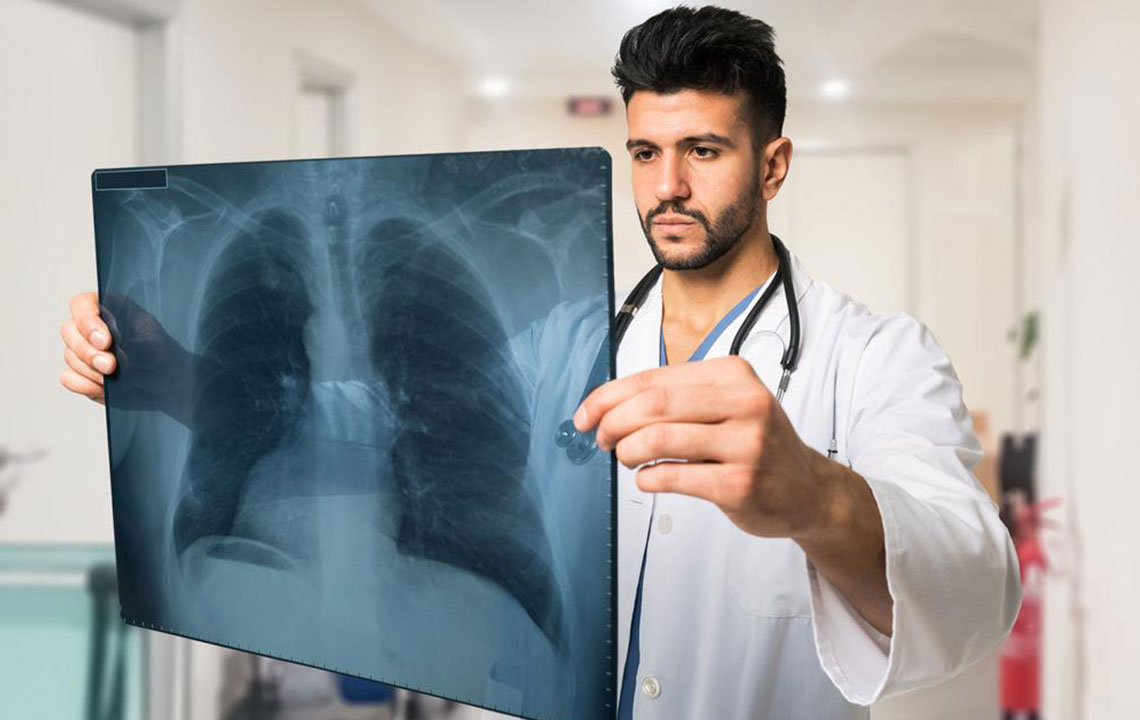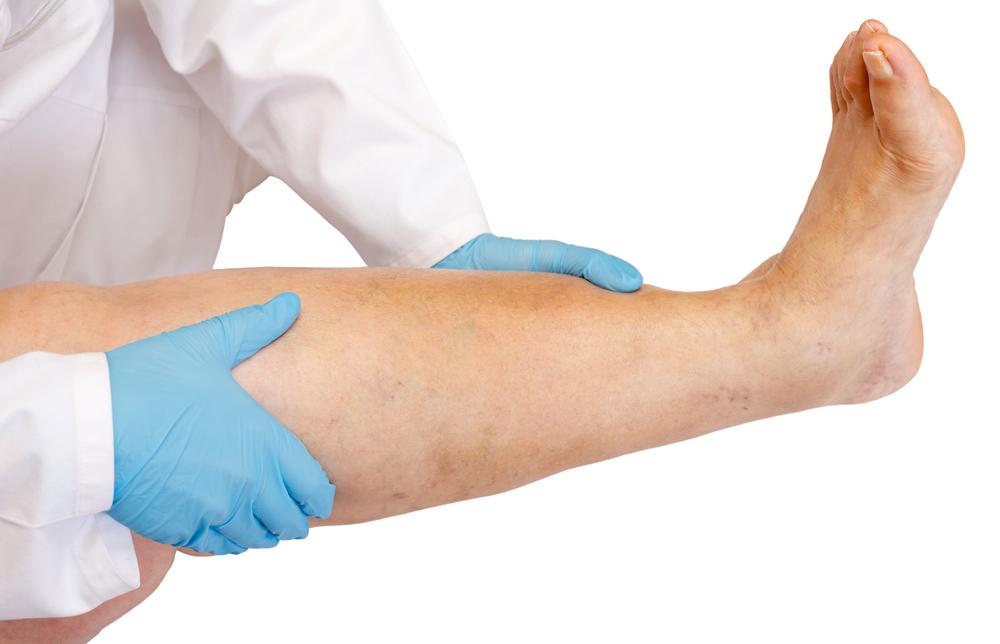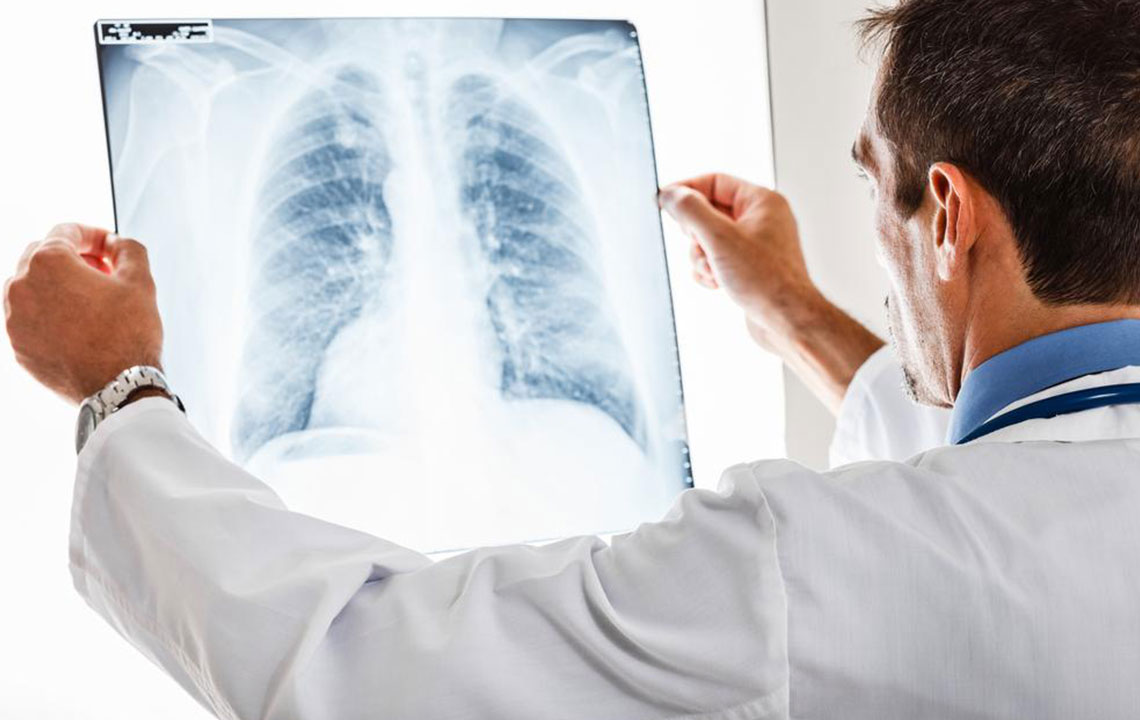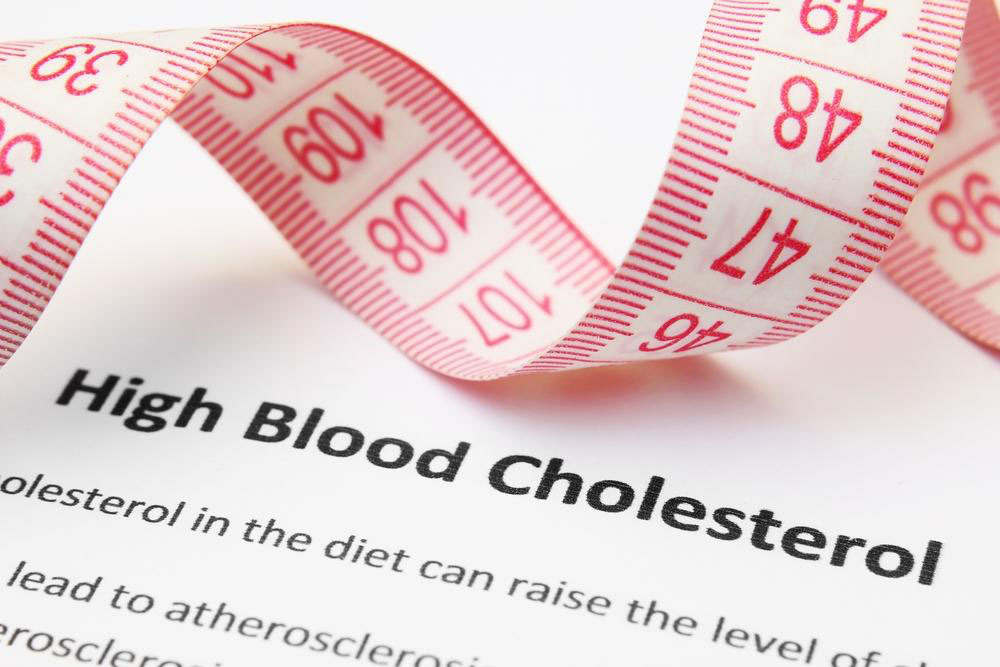Understanding Pulmonary Embolism: Symptoms and Diagnostic Approaches
This article explains pulmonary embolism, highlighting its symptoms, causes, and diagnostic procedures. Recognizing early signs such as sudden breathlessness, chest pain, and leg swelling is vital for prompt treatment. The article emphasizes the connection with deep vein thrombosis and the importance of immediate medical intervention to prevent life-threatening outcomes. It covers common diagnostics and treatments, offering essential information for early detection and management of this serious condition.

Understanding Pulmonary Embolism: Symptoms and Diagnostic Approaches
A pulmonary embolism occurs when a blood clot blocks an artery in the lungs, which can be life-threatening if not diagnosed promptly. Recognizing early signs and obtaining timely diagnosis are crucial. Symptoms often mimic other health issues like heart problems, making awareness important. Pulmonary embolisms primarily stem from deep vein thrombosis (DVT), where clots form in deep veins, usually in the legs or thighs. These clots can travel to the lungs, causing blockages.
Deep Vein Thrombosis: The Root Cause
Deep vein thrombosis involves clot formation in deep veins, mainly in the legs. These clots may dislodge and reach vital organs, resulting in a pulmonary embolism. Common causes include injuries, obesity, medical device placement, genetic predispositions, smoking, hormonal therapies, pregnancy, prolonged immobility, and certain illnesses like cancer or heart disease. Surgery can also increase risk.
Recognizing Symptoms and Diagnostic Steps
Symptoms of pulmonary embolism include sudden difficulty breathing, chest pain that worsens with deep breaths or coughing, coughing up blood, dizziness, rapid heartbeat, and bluish lips. Additional signs include leg pain, swelling, tenderness, skin discoloration, and visible enlarged veins, indicating DVT. Immediate medical attention is essential.
Doctors will assess your medical history and perform physical exams. Diagnostic tests may include chest X-ray, electrocardiogram, echocardiogram, CT angiography, pulmonary angiography, and blood tests like D-dimer. Prompt diagnosis allows for effective treatment which may involve blood thinners, clot dissolvers, or surgery for severe cases. Recognizing symptoms early helps prevent critical complications.










